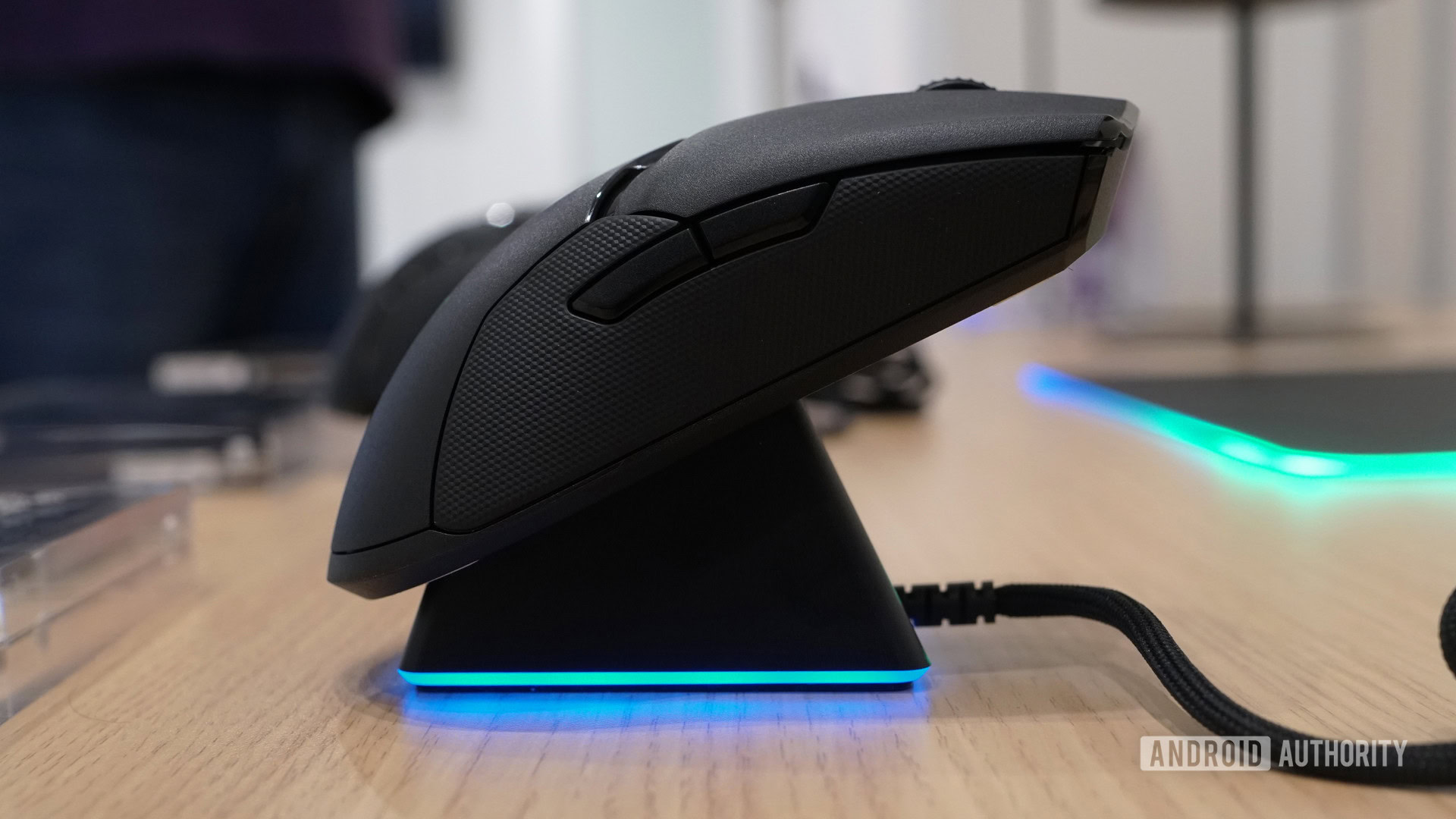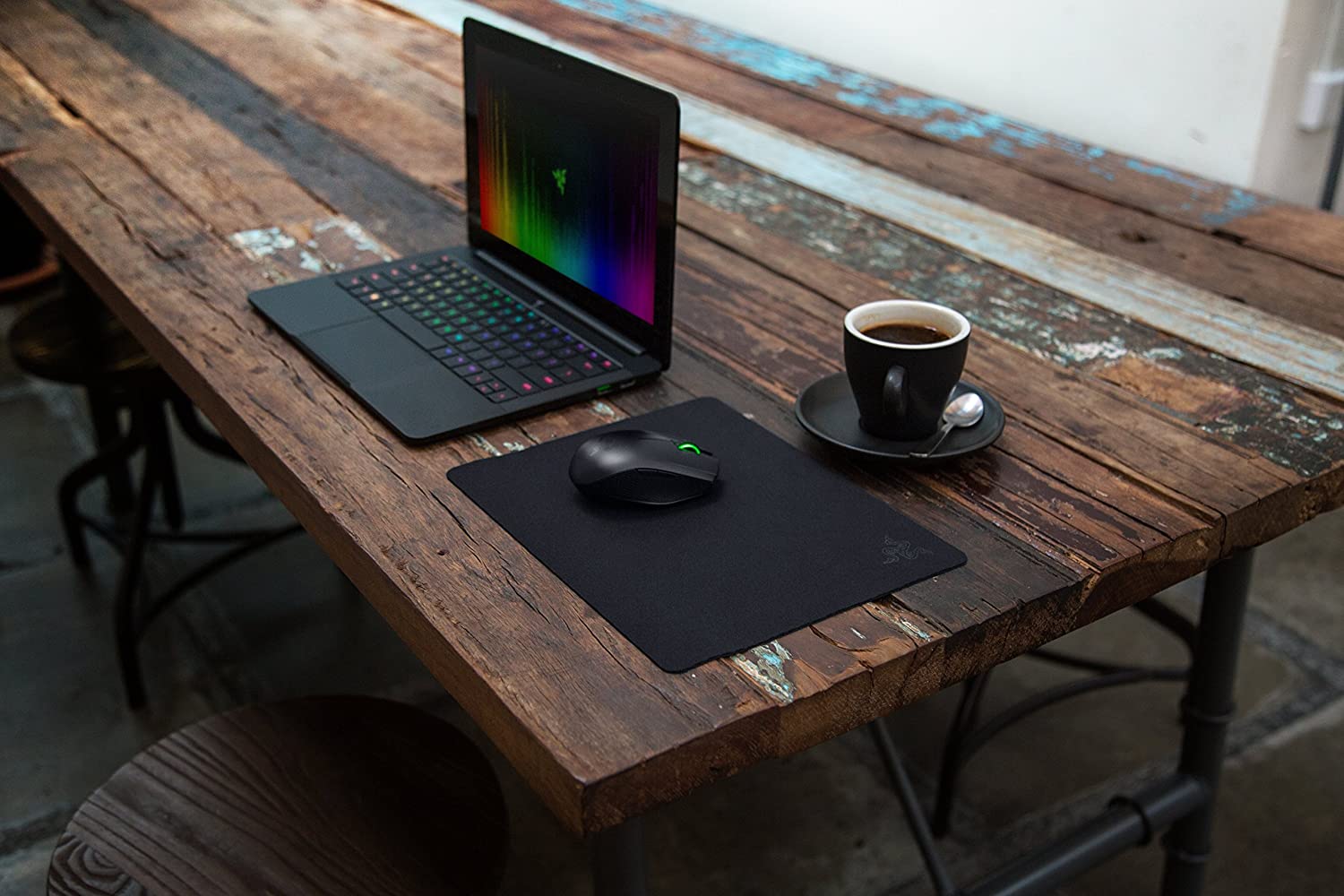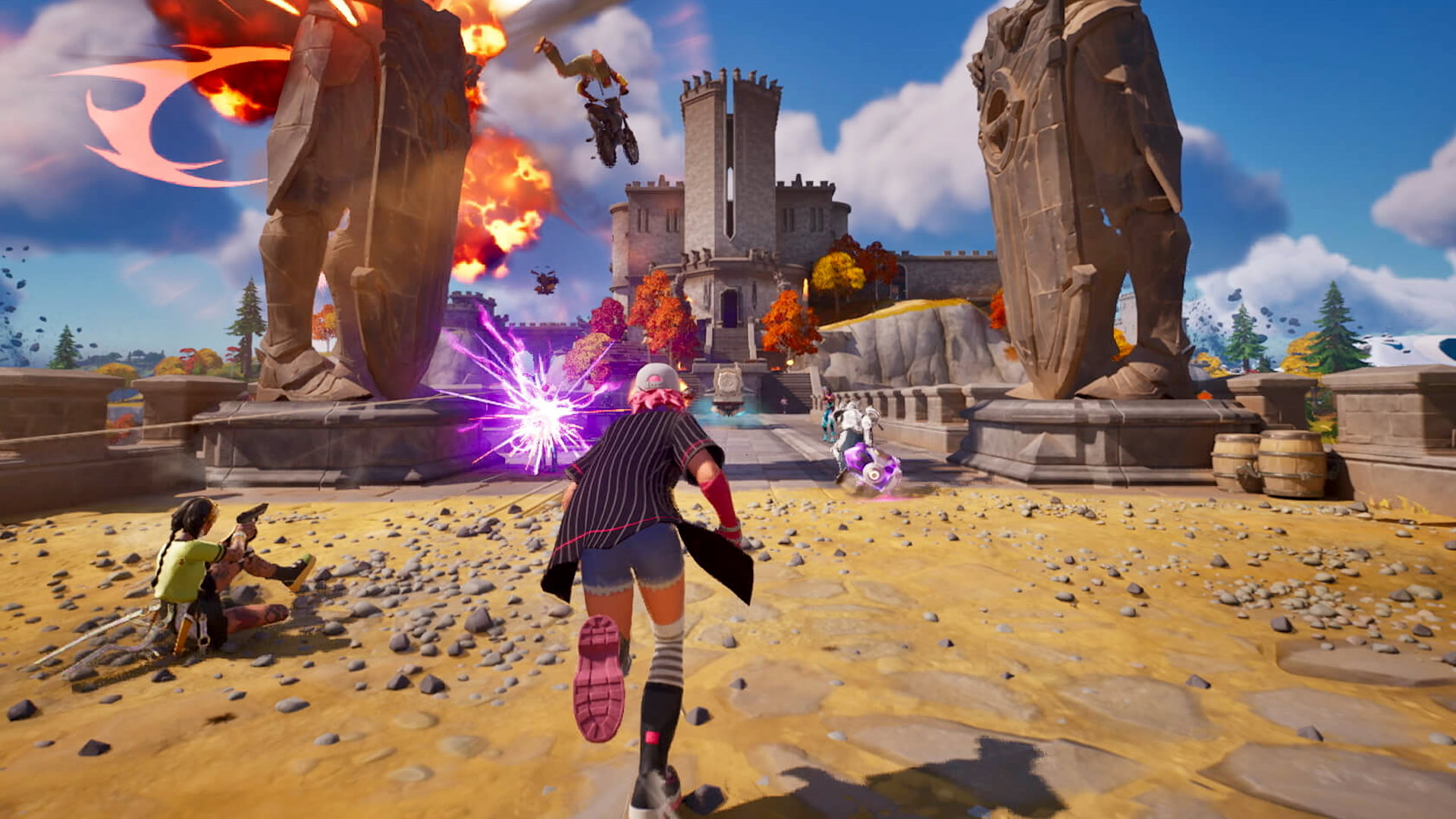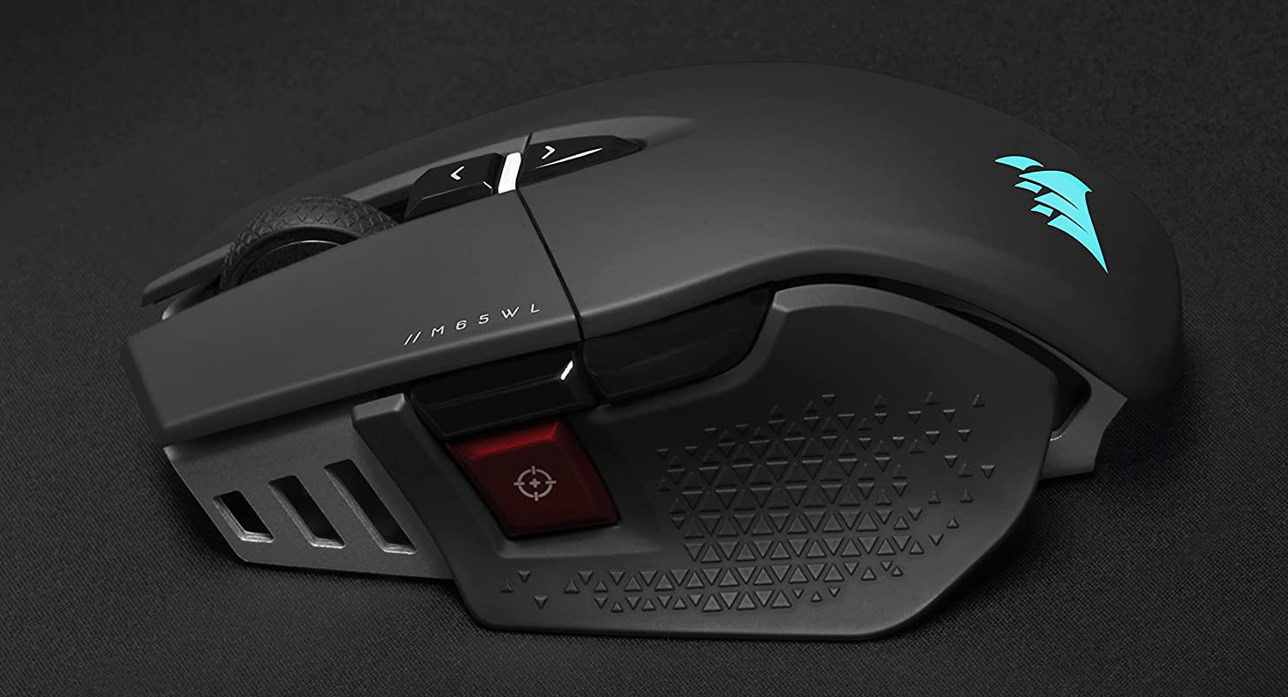Affiliate links on Android Authority may earn us a commission. Learn more.
What is mouse DPI, and how does it affect gaming?
Published onFebruary 1, 2024

If you’ve been mouse shopping, whether for work or otherwise, you’ve probably come across “DPI” as an important metric. Sometimes it’s marketed as the most important one of all. But what does it refer to exactly, and why is a high DPI rating considered essential for gaming?
JUMP TO KEY SECTIONS
What is DPI on a mouse?

DPI stands for “dots per inch,” and represents how fast your mouse cursor (or some other mouse-controlled element) can move across the screen. Modern mice typically use either an optical sensor or (preferably) a laser sensor, and the better this technology is, the higher a mouse’s maximum DPI rating can go.
Simply put, DPI is a relative measure of mouse sensitivity, how many pixels you can cover using the same amount of motion from your hand. If you’ve ever used a mouse where the slightest flick sent a cursor flying across the desktop, that’s an example of high DPI.
DPI vs CPI: What’s the difference?
CPI stands for “counts per inch,” and is more directly related to the physical sensitivity of a mouse, being a measure of how many pixels fit on its light sensor. You won’t see the term very often however, and in practice, there’s not much difference.
The terms may even be used interchangeably. If a mouse you own has a “DPI” switch, it’s most directly adjusting CPI. Since DPI is the more popularly recognized term, however, manufacturers turn to that instead.
How does changing your DPI affect your gaming?

High DPI values are best for in-game actions that demand a rapid response — like, say, spinning 180 degrees to shoot an enemy behind you in a shooter like Call of Duty, Fortnite, or The Finals. They can also be useful if you don’t have much space to move your mouse, although that does mean getting used to slight nudges having an oversized effect.
It’s often wise to tone down DPI settings for sniping. It can become hard to aim precisely with high DPI, or even maintain a target lock, since the tiniest twitch in your hand might mean the difference between nailing a head shot or missing entirely.
For similar reasons, gamers will often tone down DPI settings for MOBAs and other real-time strategy games. You might think an RTS player would want to shuffle their cursor around as fast as possible, but speed hardly matters if you keep missing the things you’re trying to click on. It’s better to rely on a fast arm for getting across the map.
What are the best DPI settings for gaming?

You’ll want at least 400 DPI, and probably no more than 3,200-3,600. 400 will probably feel sluggish, but by the time a mouse hits 3,600, it’s going to be so responsive that you might start missing in some games through no fault of your own. Many mice do offer DPI ratings over 3,600, but that’s generally about bragging rights, much like the top speed of your car.
If anything, it’s far more important that a mouse have DPI buttons so you can adjust sensitivity on the fly. Using Call of Duty as an example once more, you might keep sensitivity around 3,200 DPI for close-quarters fighting, but dial back to 800 or less for sniping someone on the other side of the map. Without DPI buttons you’ll have to change sensitivity using software options, which is far less convenient. You probably won’t be doing that in-game.